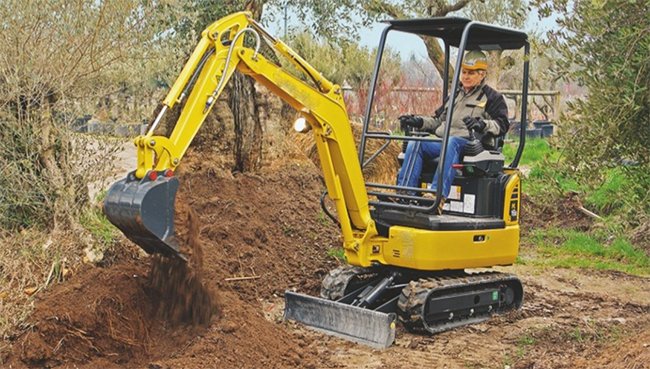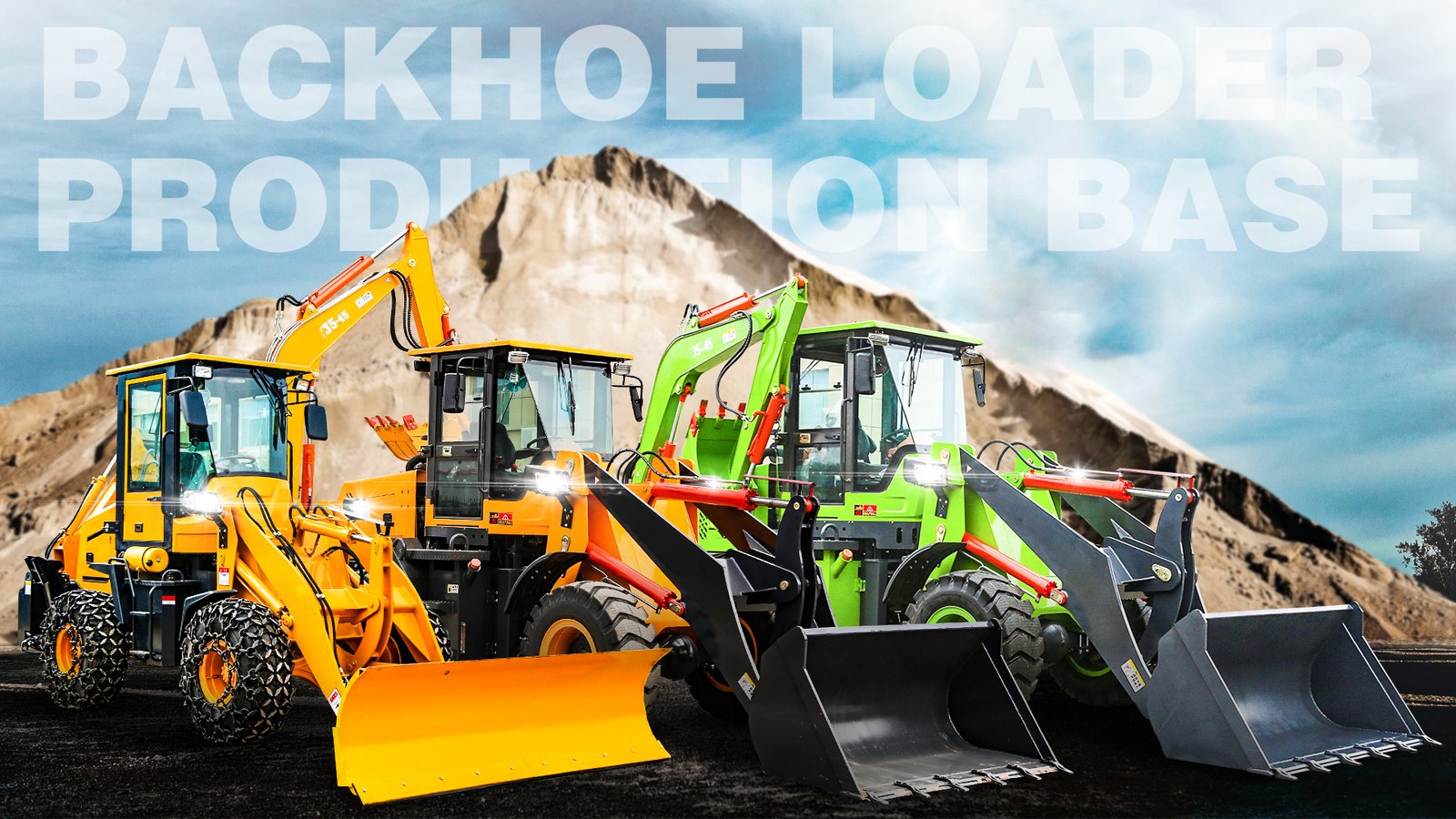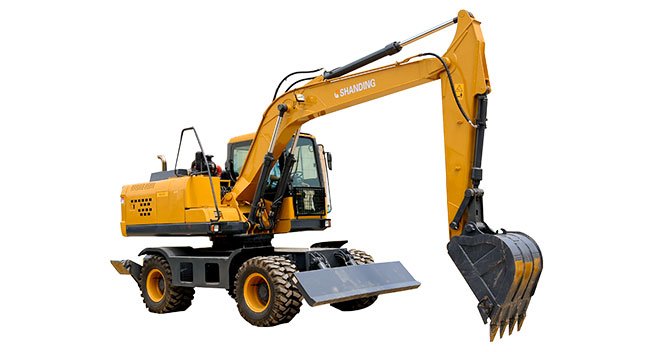Categories
Recent Comments

1. Check track tension.
METHOD: Park the excavator on a flat, hard surface. Measure the amount of track sag (usually by stepping on it or pressing it down with a stick) at the centre of the lower part of the track plate between the guide pulley and the sprocket. Refer to the equipment operator’s manual for standard values (usually around 30-50mm for small excavators).
2. Remove foreign objects.
Focus area: around the drive wheel ring, guide wheel, carrier wheel, support wheel and the gap between the track plates. Hazards of foreign objects: Dirt, stones, wood, metal wires, etc. will cause abnormal wear, accelerate the deterioration of rubber parts (rubber tracks), increase the travelling resistance, and even damage the seals and lead to oil leakage.
3. Visual inspection.
Track plate: whether there are cracks, breaks, excessive wear (especially at the drive wheel engagement), bending and deformation. Check for loose or missing bolts (bolt-on tracks).
Track pins/bushings: for signs of excessive wear, oil leakage (lubricated tracks), breakage.
Drive wheel teeth: for chipped teeth, excessive wear, abnormal wear (e.g. one-sided wear).
4. Lubrication (for lubricated tracks).
Importance: For tracks that require lubrication (usually with grease nipples), regular greasing will greatly reduce friction and wear between the pin and the pin bushing and extend the total life of the track.
METHOD: Every 50-100 hours of operation (or as required by the manual), use a grease gun to inject the specified grease through the grease nipples on the track links until the old grease has been pushed out of the crevices. Be sure to clean the grease nipple before greasing!
5. Cleaning.
Thoroughly clean the track system regularly, especially after working in muddy, salty or chemical-laden environments. Salt and chemicals can seriously corrode metal parts.
6. Check and tighten bolts.
Periodically check track plate attachment bolts, track guard bolts, etc. to ensure that they are tightened to the specified torque. Loose bolts can cause the track plate to shift, break or the bolt itself to break.
Written by ADMIN JACK
2 thoughts on “HOW TO MAINTAIN SMALL EXCAVATOR TRACKS”
Leave a Reply Cancel reply
About Us
Shanding Group excavators are compact, high-performance machines known for their durability, precision, and reliability in both urban and industrial construction projects.

 BACKHOE
BACKHOE EXCAVATOR
EXCAVATOR Big Crawler excavator
Big Crawler excavator Wheel excavator
Wheel excavator FORKLIFT
FORKLIFT LIFT PLATFORM
LIFT PLATFORM LOADER
LOADER SKID STEER LOADER
SKID STEER LOADER

Regular cleaning and proper tensioning really go a long way in extending track life. Helpful tips!
I didn’t realize improper turning could wear the tracks out faster. Great maintenance reminder.